Overview
The Piezoelectric Sensor Module is a compact, ready-to-use vibration and shock detection solution that converts mechanical energy into a measurable electrical signal using the piezoelectric effect. With a built-in amplifier, this module delivers clearer output for direct interfacing with microcontrollers and data acquisition systems, making it suitable for security, robotics, industrial monitoring and maker projects.
Key Features of the Piezoelectric Sensor Module
- High sensitivity: Detects small vibrations, impacts and surface changes with reliable accuracy.
- Built-in amplifier: Amplifies weak piezo signals for easier reading by ADCs and digital inputs.
- Wide voltage compatibility: Operates on 3.3V to 5V DC for seamless use with most microcontrollers.
- Compact design: Lightweight module with standard pin header for space-constrained installations.
- Durable construction: Built to withstand repeated mechanical events for long-term use.
- Easy to integrate: Plug-and-play module suitable for beginners and advanced users.
Typical Applications
- Security systems: Impact and vibration detection for alarm triggers and glass break sensors.
- Robotics and automation: Tactile sensing, collision detection and surface interaction monitoring.
- Industrial monitoring: Vibration tracking on motors and equipment to detect wear or failures.
- DIY and education: Experimentation, prototypes and interactive projects that require motion or shock sensing.
Specifications
- Sensor type: Piezoelectric element
- Output: Analog or digital (depends on module variant)
- Operating voltage: 3.3V to 5V DC
- Connectivity: Standard 3-pin or multi-pin header for power and signal
- Dimensions: Compact footprint for easy mounting; consult manufacturer drawing for exact size
Integration and Wiring
Connecting the Piezoelectric Sensor Module is straightforward:
- Power: Connect VCC to 3.3V or 5V and GND to system ground.
- Signal: For analog modules, connect the analog output pin to an ADC input. For digital modules, connect the digital output to a digital input or interrupt pin.
- Pull-up/pull-down: Digital variants may require configuring input pull-up or pull-down resistors depending on output type.
- Microcontrollers: Easily interface with Arduino, ESP32, Raspberry Pi (via ADC or ADC hat), STM32 and similar platforms.
Mounting and Installation Tips
- Mount the piezo element to the surface you want to monitor; direct contact improves sensitivity.
- Use adhesive or screws as appropriate; avoid overtightening which can dampen response.
- Isolate electrical noise by routing signal wires away from high-current traces and adding capacitors if needed.
- For repeatable results, test different mounting points to find the best sensitivity-to-noise ratio.
Calibration and Performance Tuning
- Start with default gain, then reduce or increase amplifier gain (if adjustable) to avoid clipping while maintaining signal resolution.
- Use software filtering, thresholding and debounce logic to prevent false triggers from transient noise.
- Record sample data and analyze signal amplitude and frequency to set reliable trigger levels for your application.
Why Choose This Piezoelectric Sensor Module
This module combines sensitivity, durability and simplicity. The built-in amplifier reduces the need for external signal conditioning, saving development time. Its broad voltage compatibility and standard pinouts make it a reliable choice for hobbyists and professionals seeking an off-the-shelf vibration or shock sensing solution.
Notes
Actual product appearance and pinout may vary by manufacturer. Verify the specific module variant before wiring. Images are for illustration only.




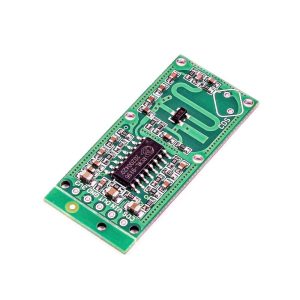
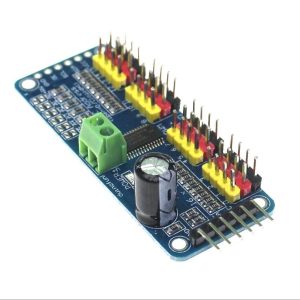

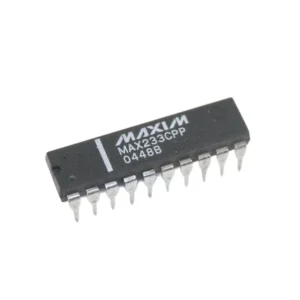
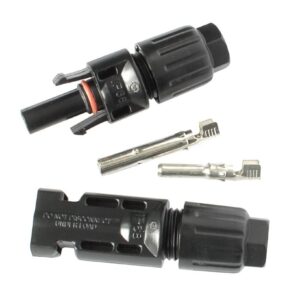

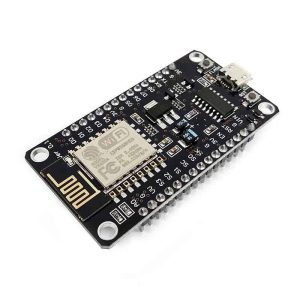
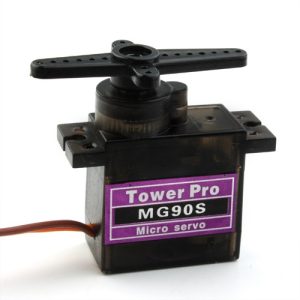
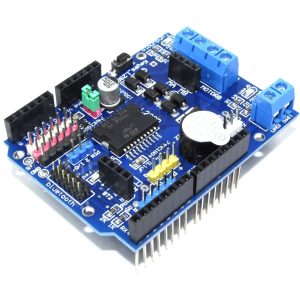
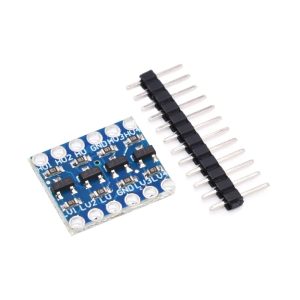

Reviews
There are no reviews yet